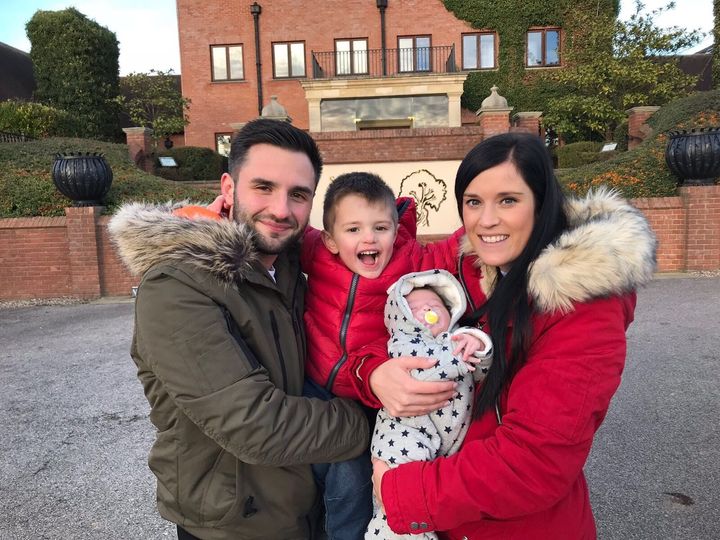Groundbreaking gene therapy has moved scientists one step closer to ‘curing’ patients with Haemophilia A - a genetic condition that affects around 2000 people in the UK.
The trial, which only required people to have a single treatment, effectively eradicated the disease as the participants began to show normal levels of the previously missing protein.
One patient, 29-year-old Jake Omer, from Billericay, Essex, said: “The gene therapy has changed my life. I now have hope for my future.”

The hereditary problem, of which type A is the most common, means that sufferers have virtually none of a protein factor VIII, which is essential in humans for their blood to clot when they are injured.
Without it, people are at risk of excessive bleeding, even from the slightest injury, as well as causing spontaneous internal bleeding which can be life-threatening. Recurring bleeding into joints can also lead to progressive joint damage and arthritis.
The team from Barts Health NHS Trust and Queen Mary University of London gave the 13 patients an injection containing a copy of the missing gene which allows their cells to produce the missing clotting factor.
This resulted in 85% of them achieving normal or near-normal Factor VIII levels even many months after treatment.
Professor John Pasi, haemophilia centre director at Barts NHS Health Trust, said: “When we started out we thought it would be a huge achievement to show a 5% improvement, so to actually be seeing normal or near normal factor levels with dramatic reduction in bleeding is quite simply amazing.”
It also means people have been able to stop their previous treatments.
Omer, who is father to two children, would have to wake up early three times a week to inject himself with the protein factor VIII to stop internal bleeding.
Now he can play with his family and not worry about hurting himself: “It is incredible to now hope that I can play with my kids, kick a ball around and climb trees well into my kids’ teenage years and beyond. The arthritis in my ankles meant I used to worry how far I would be able to walk once I turned 40.”
“The first time I noticed a difference was about four months after the treatment when I dropped a weight in the gym, bashing my elbow really badly. I started to panic thinking this is going to be really bad, but after icing it that night I woke up and it looked normal. That was the moment I saw proof and knew that the gene therapy had worked.”
Pasi said: “We really now have the potential to transform care for people with Haemophilia using a single treatment for people who at the moment must inject themselves as often as every other day. It is so exciting.”
